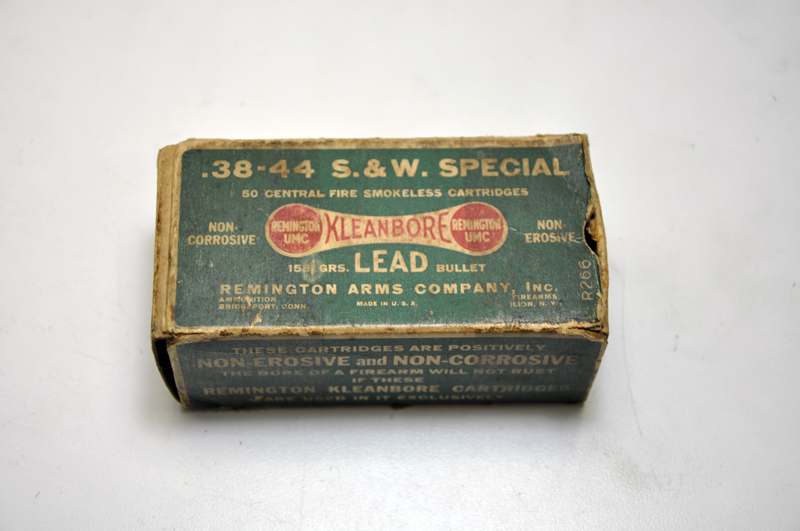Mike Irwin
Staff
.38 Super has a very tiny rim.
In fact, it's possible to fire the .38 Super in a .357 Mag. revolver. There's just enough rim.
In fact, it's possible to fire the .38 Super in a .357 Mag. revolver. There's just enough rim.
If it is not marked "+P" on the barrel, you should use ammo marked "+P" very sparingly, or avoid it altogether. The aluminum alloy frames on pre-1996 Airweights aren't very strong and are known to stretch or crack with frequent use of +P.first what all cartridges can I use in my S&W airweight 38 SPL. CTG. ?
S&W has made a variety of Airweight models. The easiest way to identify a recent one is to look inside the yoke cut for an "M" with a number after it- e.g. "M37-1", which would be a Model 37, engineering revision (dash) 1.Also what do you guys think of this particular handgun?
Some very early Airweights were made with non-magnetic alloy cylinders. These guns are quite rare and it's very unlikely that you have one, but if you do, DO NOT FIRE IT. The alloy cylinder is too weak to withstand anything but light target loads, which is why S&W stopped using them after only a couple of years. FWIW these guns are valuable collector's items. If you somehow stumbled across one, you should be able to sell it and buy several other guns, or maybe a gun and a nice vacation.

“.38-44 S.&W. Special”
Although it would be correct to say the .38 S&W is obsolete,
Mike Irwin said:In fact, it's possible to fire the .38 Super in a .357 Mag. revolver.
Dropping one into a handgun chambered for .38 Special is NOT advisable.
